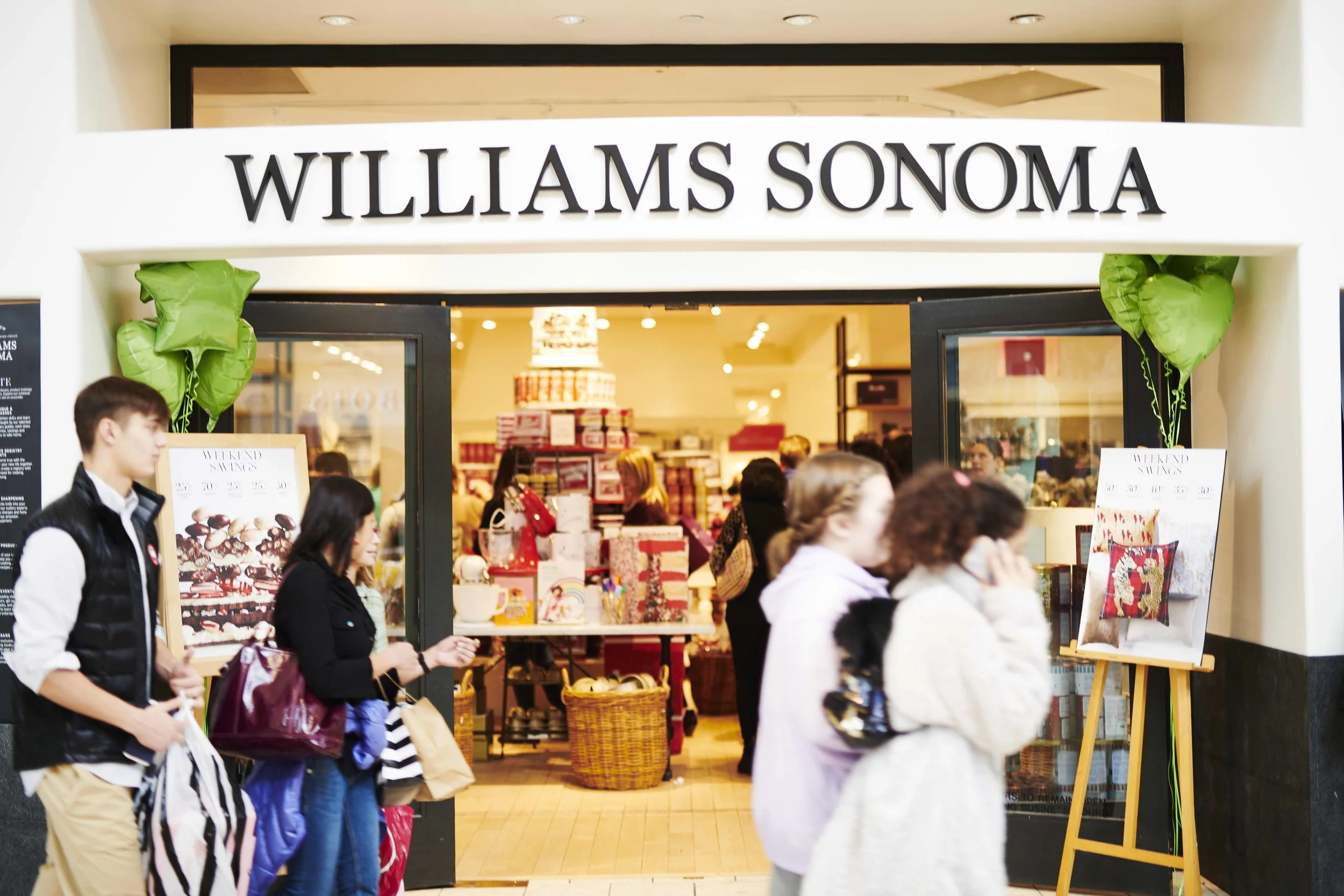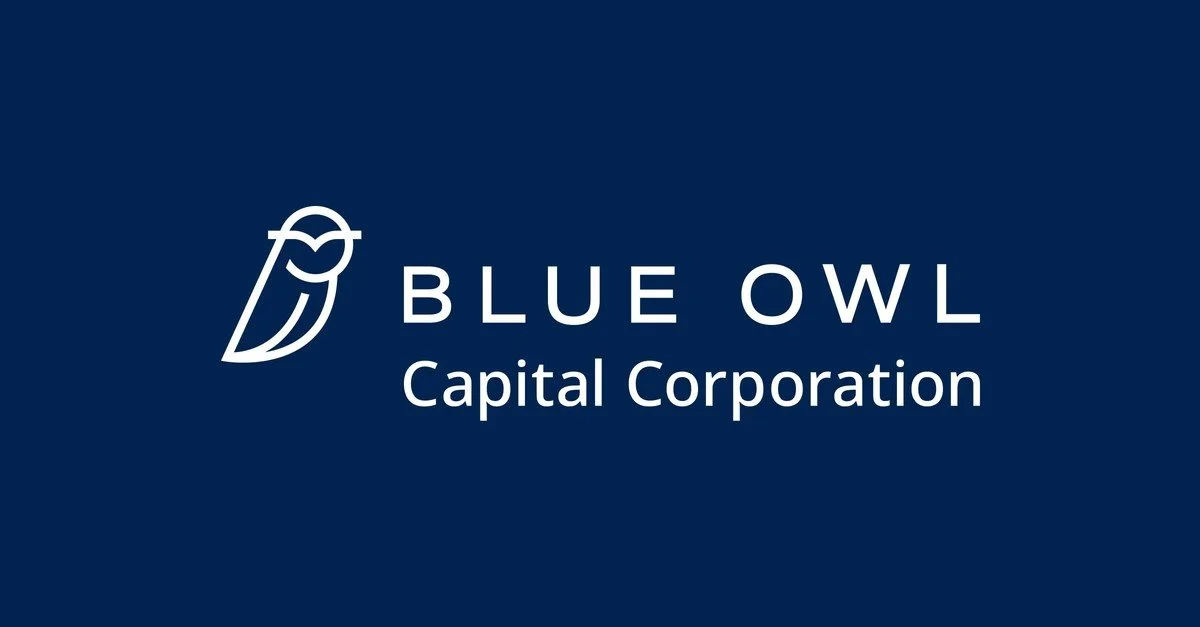WSM | Q3 2024
The content provided on this website, including any communications, posts, videos, social media interactions, and other materials, is for informational and educational purposes only. It should not be considered as financial or investment advice. Read our full disclaimer here.
Links
Link to Transcript
Link to Presentation
Overview
Non-GAAP EPS of $1.96 beats by $0.19.
Revenue of $1.8B (-2.7% Y/Y) beats by $20M.
Takeaways
Williams-Sonoma (WSM) had another solid showing in Q3 2024, proving its resilience despite some challenges in the industry.
CEO Laura Alber kicked things off by acknowledging a 2.9% drop in comparable sales but made it clear that the company still came through where it counted. They delivered a strong 17.8% operating margin and grew earnings per share by 7%, hitting $1.96 for the quarter.
On top of that, the company bought back $533 million worth of shares in Q3, bringing total repurchases for the year to 4% of outstanding shares. In a show of confidence, Williams-Sonoma bumped up their revenue and margin outlook for the year and added another $1 billion to their buyback program.
During the call, Alber highlighted their focus on three main priorities: getting back to growth, stepping up customer service, and driving profits.
To drive growth, the company leaned into continued innovation, particularly in its product lines and design services.
While sales in Q3 were down, Williams-Sonoma outperformed the broader home furnishings market, which shrank by about 7%. Their secret sauce is their in-house design capabilities and vertically integrated supply chain, which help them move faster and keep costs in check.
Also, new tools like Pottery Barn’s “Shop by Style” and “Design Boards” let customers create and share mood boards online, making shopping more interactive. They’re also investing more into e-commerce (which now makes up 66% of their sales) with greater implementation of AI personalization to improve the online experience.
Customer service was another focal point on the call. Metrics like returns, damages, and delivery efficiency are now better than they were before the pandemic. This was a sore spot for the company for a while, so I’m glad to see them making improvements in this area.
On the brand level, Pottery Barn saw a 7.5% decline in comparable sales but found success with its seasonal collections and furniture offerings.
Pottery Barn Kids continued its hot streak with a third straight quarter of positive comparable sales, boosted by new product launches and popular collaborations with Chris Loves Julia and LoveShackFancy.
West Elm’s sales were down 3.5% but improved compared to Q2 thanks to strong demand for new furniture and seasonal items. Celebrity collaborations with Eva Chen and Christina Ricci also helped bring some buzz to the brand.
Meanwhile, the Williams-Sonoma brand was pretty flat, but the success it had was driven by high-end kitchen electronics and partnerships with personalities like Stanley Tucci and Ina Garten.
Smaller brands like Rejuvenation and Mark and Graham also shined, with Rejuvenation delivering double-digit growth and Mark and Graham expanding into new categories like kids’ items, wedding gifts, and personalized pet products (Bark and Graham — perfect name).
Beyond brands, the B2B division had a record-breaking quarter, growing 9% year-over-year, with contract sales up 17%. Alber pointed out that the company’s scale and wide product range make them a go-to furnisher in the $80 billion B2B market.
International growth was another win, with solid performances in Canada, Mexico, and India, and plans for more partnerships and store openings next year.
Breaking down some more of the numbers, the gross margin climbed to 46.7%, up 2.3% from last year, thanks to smarter pricing strategies and supply chain improvements.
With that, operating income grew 2% to $321 million, and diluted EPS rose by 7%.
On the balance sheet, Williams-Sonoma wrapped up the quarter with $827 million in cash and no debt, which is pretty impressive considering they returned $606 million to shareholders through buybacks and dividends.
Overall, Williams-Sonoma just continues to crush it. Between its strong margins, disciplined approach, lack of debt, and brand strength, my only regret with this company is that I don’t own more of it.




Revenue of $1.88B (+4.4% Y/Y) beats by $10M. Non-GAAP EPS of $1.96 beats by $0.09.